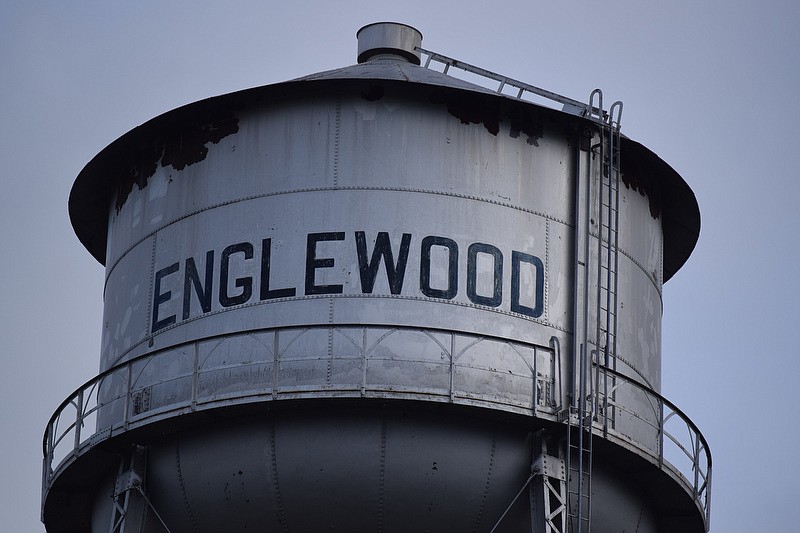NASHVILLE, Tenn. (AP) -- Seven Tennessee properties have been added to the National Register of Historic Places and two others have had their registries updated and expanded, the Tennessee Historical Commission announced this week.
The list includes three elementary schools and one less traditional school. The Colonial Revival style Crescent School in Greeneville was built in the 1920s and served elementary school students until it closed in 1981. Today the building is used for offices.
Gibson County's Sitka School and Haywood County's Stanton School were both early schools for African American students. The Sitka School was completed in 1942 for students in the Milan area and operated until around 1966. The Stanton School was constructed in 1948 in the rural community of Stanton and operated until 1969. Both schools served grades 1 through 8.
The Gladys "MaDear" Bennett House in north Memphis was home to Gladys' School of Domestic Arts in the 1950s, where seamstress Gladys Bennett taught her craft. Her sister Cora Crawford operated the Subway Beauty Salon in the same house.
Also on the National Register list are the Ripley Fire Lookout Tower, built around 1970 for the Tennessee Division of Forestry in Lauderdale County, and McMinn County's Englewood Water Tower, built in 1937 and funded by the Public Works Administration.
In Warren County, the 1909 Webb Hotel at Rock Island made the list, distinguished by its crab orchard stone and cedar shingles.
Two properties that were already part of the National Register had their registries updated and expanded. The Mound Bottom State Archaeological Area in Cheatham County is a Native American site from the Mississippian period that consists of several earthen mounds, residential footprints, cemetery areas and petroglyphs. The Hincheyville Historic District in Williamson County was Franklin's first suburb, with most houses in the district dating from 1830 to 1950.
